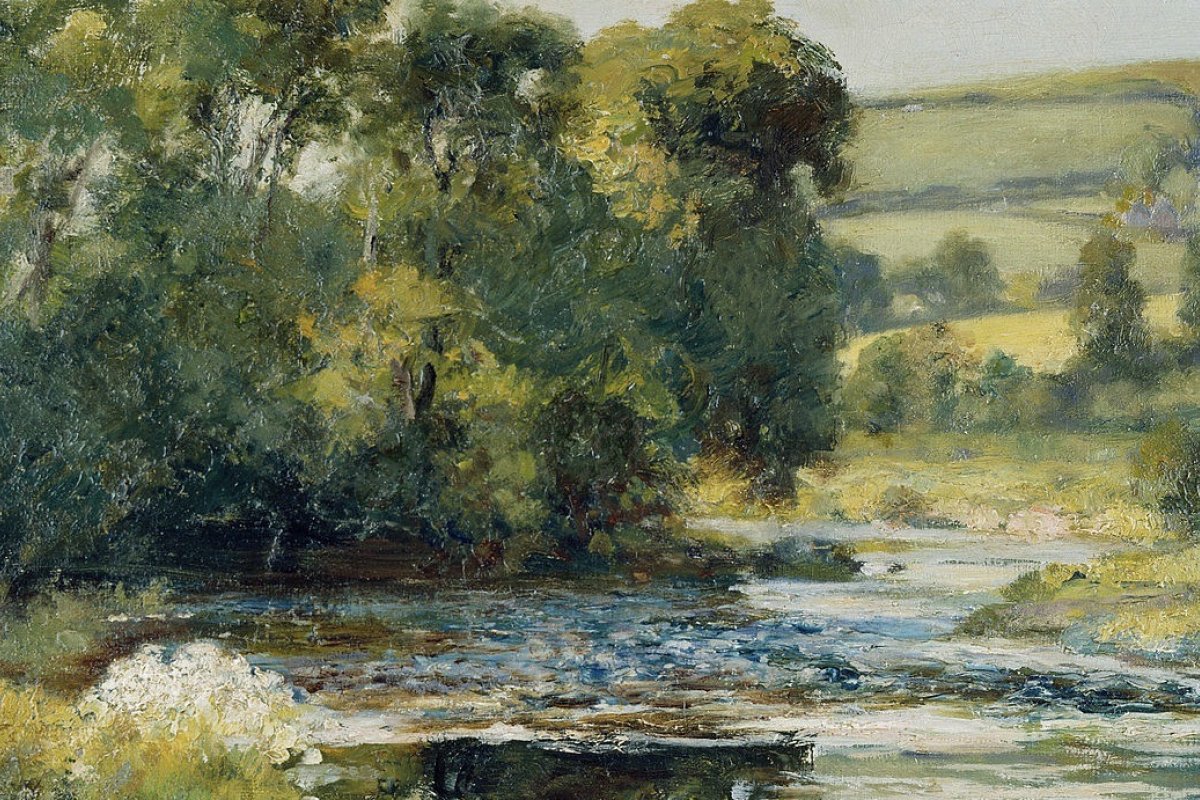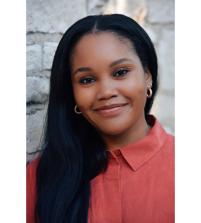
We Need Art to Help Us Heal, Now More than Ever
An invitation to process pain and to heal through the viewing and contemplation of contemporary Black art
Ed. Note: This essay is part of a special issue on the George Floyd Protests, which brings together five Divinity School students and recent graduates to comment on the role of religion in the events of the past two weeks, as well as to explore the potential contributions that we in the academic study of religion, in all our various areas of expertise, can make to the broader national conversation that is taking place at this moment. We invite you to read the other contributions to this issue:
- Letter from the Editor
- Foster J. Pinkney, Protest and the Raging Messianic
- John Sianghio, Vandals and the Hands of Christ in the World
- Nathan Hardy, Protests, Looting, and Iconoclasm
- Russell P. Johnson, Asking the Right Questions about Riots
Going for a jog, sleeping, bird watching. These are the peace-filled, mundane activities that Ahmaud Arbery, Breonna Taylor, and Christian Cooper were partaking in when they came into contact with anti-black racism, and in the case of Arbery and Taylor death at the hands of the police. Right now, some of us are sitting at home with our collective grief over their deaths, and while others go out to protest in the streets, we are all finding it increasingly difficult to know how to process, how to heal. We work towards envisioning life beyond this moment, possible futures and life more abundant, yet it’s difficult to know where to begin.
As I, a young Black woman, sit here in front of my computer at a mountain retreat center in Conifer, Colorado (social distancing with my partner who pastors a church in the area), far removed from protests across the nation, I am reminded of a compelling artwork by Ja’Tovia Gary. In the summer of 2016, when Philando Castile and Alton Sterling were murdered by police, Ja’Tovia, a Black-American woman artist, was at a retreat in the Claude Monet Gardens in Giverny, France. To process her pain and the unwatchability of the death of Castile by Falcon Heights (Minnesota) police, Ja’Tovia produced Giverny I (Négresse Impériale), a filmic collage in which she explores her complicity, rituals of mourning, and what Michael Boyce Gillespie describes as “a Black woman’s movement in a space of whiteness.”
What does it mean to be self-possessed in a world that lays claim to your body? Are refuge and retreat possible, if your body is not only shared but shattered also? How do Black women and Black persons in diaspora face the existential threat of anti-black racism?
In all of these questions, Ja’Tovia’s film hauntingly reminds us that it is NOT possible to ignore the fragility of Black existence. As Ja’Tovia’s body fades in and out of significant historical moments, we are confronted with the fact that we can never truly get away—that a notion of retreat is not permanent, but constantly in a state of flux. This state of flux is, more often than not, determined and compounded by deeply ingrained systems of race, class, gender, and socio-historical location. Ja’Tovia’s filmic collage reveals that life imitates art, and more importantly that art is able to communicate pain… and release it.
For those formed by Black religious traditions and Black art this is not new knowledge—the act of creating a work of art to communicate and transform pain into healing in the United States arguably began with the Negro spiritual. Howard Thurman’s Deep River: The Negro Spiritual Speaks of Life and Death articulates the power and utility of the Negro spiritual as a music art form that transforms Christian theology into an affirmation of love for the enslaved African. An affirmation of love that leads to liberation.
Presently, we see this affirmation of love continue in the work of Chicago-based visual artist Zakkiyyah Najeebah. She offers us a beautiful and empowering response to Ja’Tovia Gary’s pain in excess flesh, with the 2017 video montage de(liberate)ly. Najeebah addresses the viewer directly, with urgent interview footage of Nina Simone: “I’ve always thought I was shaking people up but now I want to go at it more and I want to go at it more deliberately and I want to go at it coldly.” The video continues on as a celebration of Black women's lives, their creativity, brilliance, joy, and beauty. In its progression, I can’t help but feel slowly mended by it.
Contemporary Black art and film has something to offer us at this moment. That offering is the time and space to get away—to process and heal, if only for a brief moment before we go back into the world to remake it anew.
Image: Streamside by Edward Mitchell Bannister, 1870.
Sightings is edited by Joel Brown, a PhD Candidate in Religions in the Americas at the Divinity School. Sign up here to receive Sightings via email. You can also follow us on Facebook and Twitter. The views and opinions expressed in this article are those of the author and do not necessarily reflect the position of the Marty Center or its editor.


